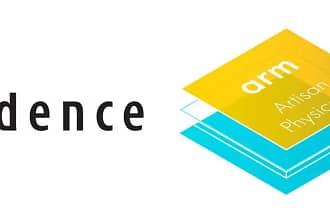“Transistor scaling is limited by power density. We’ll continue to improve density for the next ten years, so transistors will get cheaper and cheaper, but unless we do something else in the design we won’t get any performance advantage out of it, we’re reaching the limits of power/density,” said Rowen.
“Batteries are not going to get much better. What we have to do is reduce the power, but keep the task performance up, and the way to do that, is to reduce the time it takes to execute a task,” he argued.
Rowen’s answer to that is the applications-optimised processor. “By using post-Risc instruction sets, we can optimise the processor for the application, and we can improve performance by a factor of 20 to 100 compared to a general purpose CPU,” he said.
Asked by Electronics Weekly why, in that case, Tensilica had earlier this month launched a range of general purpose processors called Diamond, Rowen replied: “Some design teams are on first name terms with their applications. Some are not.
“The general purpose CPUs are for the second group, who don’t have the opportunities to drive power and performance to the same degree.”
Tensilica can achieve considerable power savings by a technique it calls ‘direct queues’.
“Every time data moves out of one of these structures like a bus or a memory a lot of energy is dissipated,” said Rowen. The Tesilica technique is a way of moving data across the chip from processor to processor without bus transfers and memory reads.
Rowen said the challenges facing multi-processor systems are the tools and training for programming. Silicon improvements for lower voltage and capacitance, and automation in multiple processor partitioning and interconnect.




